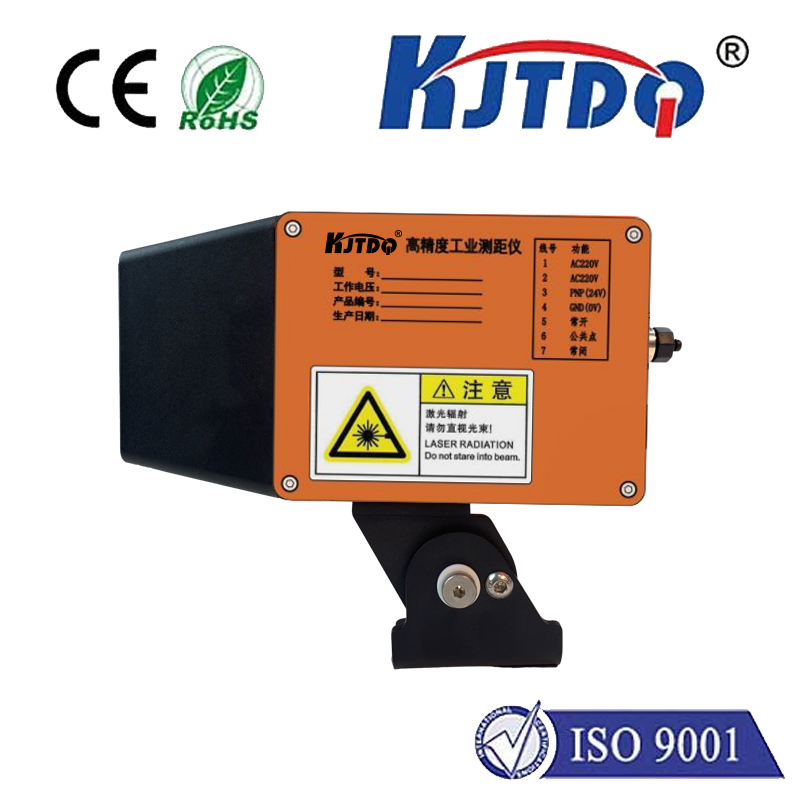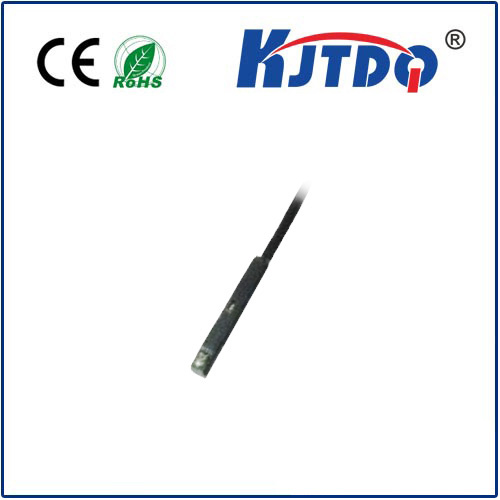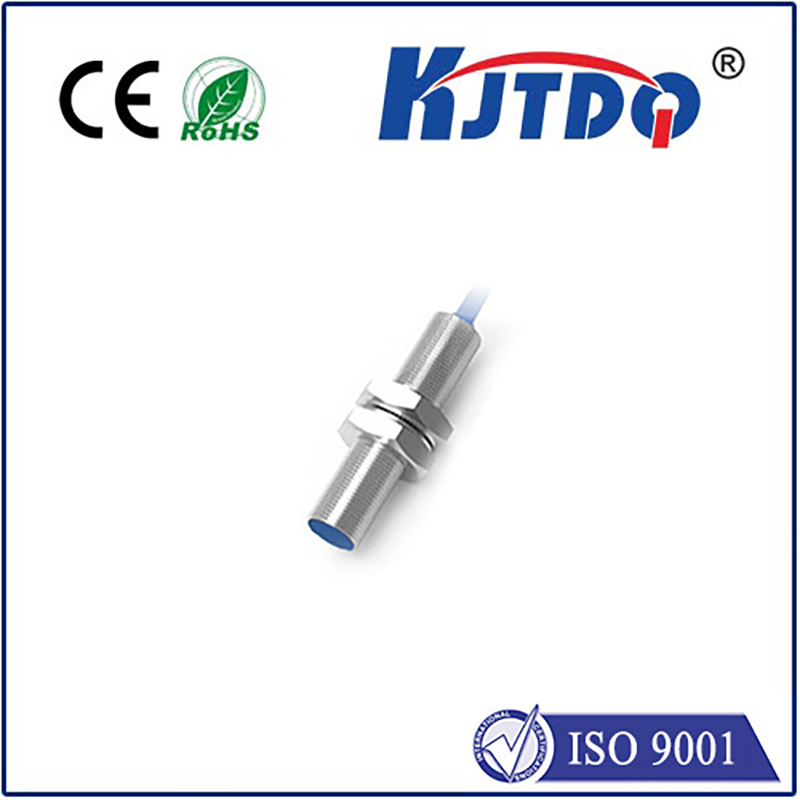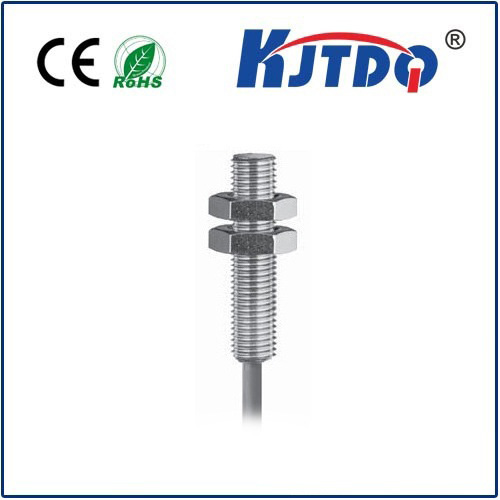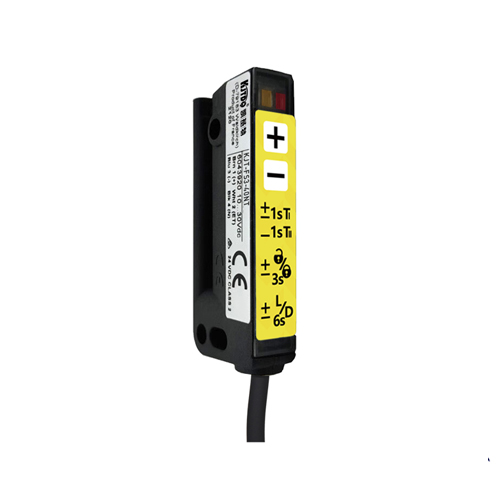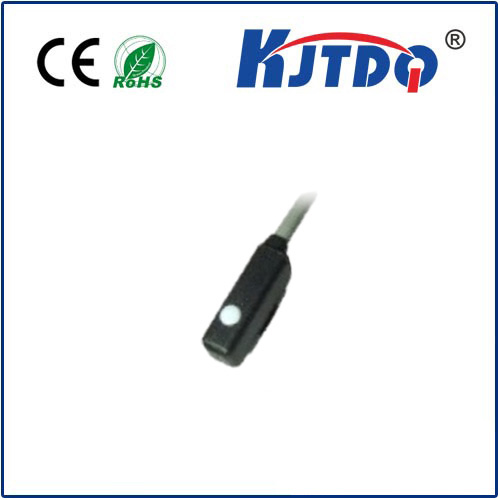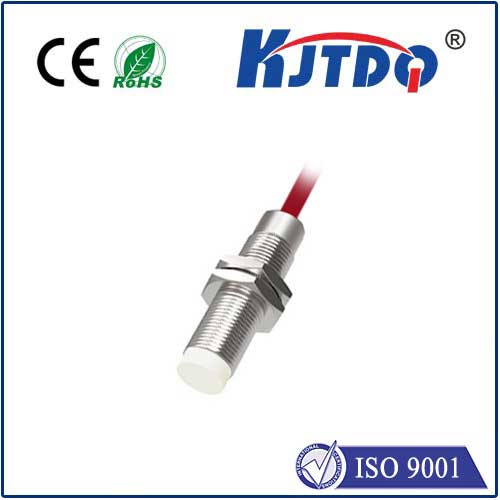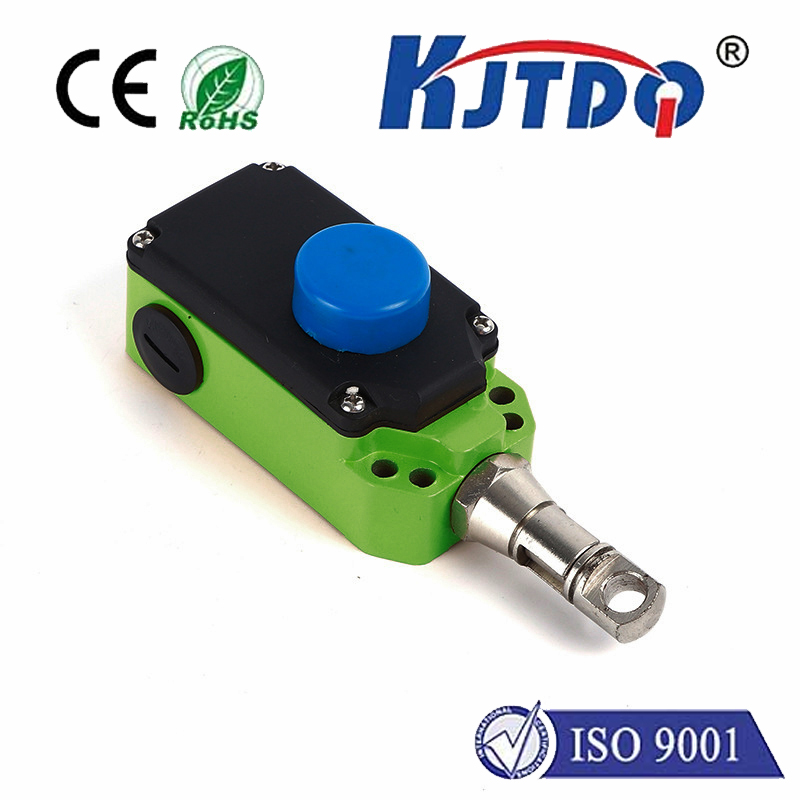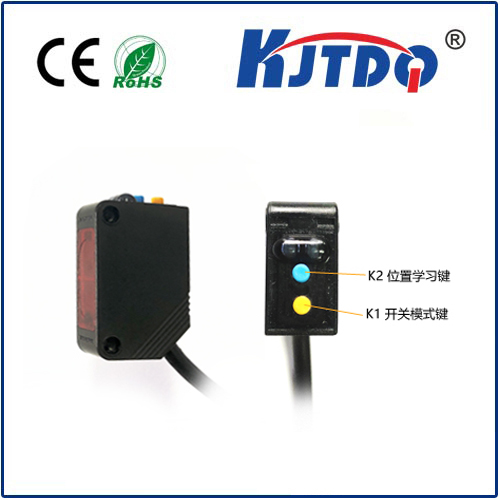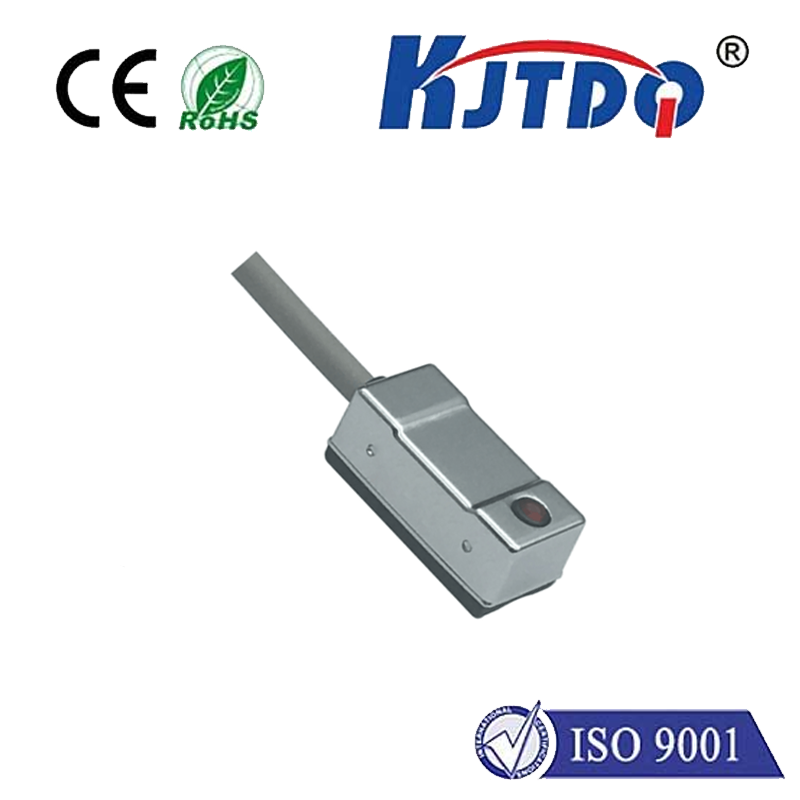BES014K high pressure proximity sensor
- time:2025-10-13 14:11:59
- Нажмите:0
The BES014K High Pressure Proximity Sensor: Precision Detection in Demanding Environments
Imagine monitoring critical machinery within roaring hydraulic presses, deep within heavy construction equipment, or amidst the high-pressure lines of complex industrial processes. Standard sensors often falter under relentless pressure, vibration, and temperature extremes. Enter the BES014K High Pressure Proximity Sensor – a purpose-built sentinel designed for unwavering performance exactly where generic sensors give up. This robust device isn’t just another sensor; it’s the frontline solution for reliable, non-contact object detection under the immense pressures encountered in demanding automation and industrial settings.
Why High Pressure Environments Demand Specialized Sensors
Industrial environments involving hydraulics, pneumatic systems, injection molding, heavy presses, and oil & gas applications generate significant internal pressures. These pressures create unique challenges for sensing equipment:
- Material Stress & Deformation: Intense pressure can physically deform or compromise the structural integrity of standard sensor housings and sensing elements.
- Seal Failure: Maintaining environmental protection (like IP ratings) becomes critical under pressure. Standard seals can leak, allowing fluids, moisture, or contaminants ingress, leading to sensor failure.
- Signal Interference & Instability: High-pressure fluids or gases can cause vibrations and turbulence, potentially interfering with the sensor’s electromagnetic field or causing unstable output signals.
- Temperature Fluctuations: Many high-pressure systems generate significant heat, requiring sensors with a wide operating temperature range.
Generic inductive proximity sensors, while excellent in many applications, often lack the specific engineering required to withstand these combined pressures – both physical and environmental – consistently over time. Failure in such critical points can lead to unplanned downtime, costly repairs, and safety hazards.

The BES014K: Engineered Resilience for High-Pressure Sensing
The BES014K stands apart precisely because it addresses these core challenges head-on. Let’s explore the key features that make it a reliable performer:
- Robust Housing & Construction: Engineered with materials designed to resist deformation under pressure. The ruggedized housing provides exceptional mechanical strength and stability, shielding the delicate internal electronics.
- High-Pressure Sealing: Critical to its function, the BES014K incorporates specialized sealing technologies designed to maintain its high degree of protection (typically IP67 or higher) even when submerged or subjected to pressurized washdowns and the dynamic forces within pressurized systems. This prevents the ingress of fluids, oils, and contaminants.
- Damped Vibration Resistance: Recognizing the turbulent nature of high-pressure environments, the BES014K often employs internal mounting designs or materials that absorb and dampen vibration, ensuring stable sensing performance and preventing false triggering caused by mechanical shocks.
- Stable Sensing Performance: Utilizing reliable inductive sensing principles, the BES014K delivers a consistent and precise switching signal when a metallic target enters its sensing field. Its design minimizes sensitivity drift caused by pressure fluctuations or temperature changes within its specified range. Key characteristics include:
- High Switching Frequency: Enables detection of rapidly moving targets.
- Long Sensing Range (for its class): Provides flexibility in mounting.
- LED Status Indicator: Simplifies installation and diagnostics.
- Electrical Compatibility & Protection: Featuring industry-standard PNP or NPN outputs and voltage ranges (e.g., 10-30V DC), the BES014K integrates easily into existing control systems. It often includes built-in protection against short circuits, reverse polarity, and overvoltage, safeguarding both the sensor and connected circuitry.
- Temperature Resilience: Engineered to operate reliably across a broader temperature spectrum, often exceeding the capabilities of standard sensors, to handle the heat generated in compressed environments.
Where the BES014K High Pressure Proximity Sensor Excels
The BES014K’s unique blend of durability and precision makes it indispensable across numerous demanding sectors:
- Hydraulic Systems: Monitoring piston position in hydraulic cylinders, detecting rod end position, confirming valve spool shifts, and monitoring fluid levels or filter clogs within pressurized reservoirs.
- Pneumatic Systems: Position sensing of pistons in high-pressure pneumatic cylinders, valve confirmation.
- Injection Molding Machines: Detecting mold clamp position, ejector pin position, and safety gate monitoring amidst high clamping forces and hydraulic pressures.
- Heavy Machinery & Construction Equipment: Boom position detection, bucket angle sensing, track tension monitoring, and implement position feedback on excavators, loaders, and bulldozers where hydraulic pressures are immense.
- Presses & Stamping: Tool position verification, part presence detection within the press bed area.
- Oil & Gas Equipment: Monitoring actuator positions, valve states, and safety interlocks on rigs, pipelines, and refining equipment subject to severe vibrations and pressures.
- High-Pressure Testing Rigs: Confirming component positioning or movement under test pressure.
- Wind Turbines: Monitoring hydraulic pitch actuator positions within the nacelle.
- Marine Applications: Thruster control, hatch monitoring, and deck machinery where exposure to salt spray and pressure variations are constant.
Beyond Pressure: Ensuring Successful Implementation
While the BES014K is engineered for pressure, maximizing its lifespan and performance involves attention to detail:
- Know Your Specs: Always consult the official datasheet. Verify its maximum pressure rating, temperature range, IP rating, output configuration, sensing range, and electrical requirements against your application’s specific demands. Never exceed the maximum rated pressure.
- Correct Mounting: Ensure the sensor is securely mounted according to specifications. Careful mounting minimizes stress on the housing and connection points, especially in high-vibration environments. Pay close attention to the recommended orientation if specified.
- Target Compatibility: Confirm the target material (typically ferrous metals like steel or iron) and size meet the sensor’s requirements for reliable detection.
- Environmental Factors: Consider temperature extremes beyond just pressure. Ensure the ambient temperature remains within the sensor’s operating range. Understand the nature of potential contaminants (oils, coolants, chemicals) and ensure the sensor’s sealing (IP rating) is adequate.
- Electrical Installation: Use shielded cables for long runs in electrically noisy environments. Ensure proper grounding. Protect cabling from abrasion and crushing, especially near moving parts or in high-pressure lines.
The Value Proposition: Reliability Where It Counts
The BES014K High Pressure Proximity Sensor offers a compelling return on investment for critical applications. Its primary value lies in uncompromising reliability under duress. By preventing premature failures caused by pressure, vibration, and environmental assault, it drastically reduces costly unplanned downtime and maintenance interventions. Enhanced process reliability translates to consistent product quality and throughput in automated systems. Furthermore, its robust construction minimizes replacement frequency, leading to lower total cost of ownership compared to sensors that fail repeatedly in harsh conditions. Ultimately

